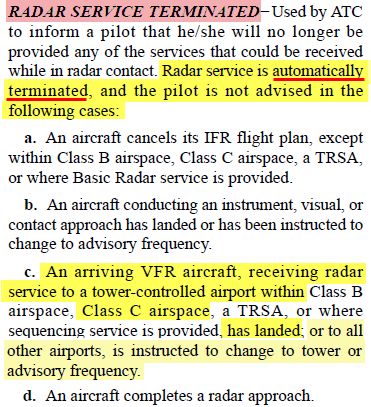This reminds me of a situation I barely avoided just a month ago. I've never been totally sure about the difference between FF and IFR Plan in terms of handing off to different authorities.
I was flying into Killeen for the first time, and the airport there is bordered by Ft. Hood Army Base, which has a MOA right over it, right next to the Killeen civilian airport. I was aware of the MOA, but unfamiliar with which parts are active and where the shelves of it are.
I requested FF way in advance, received a heading and altitude, and continued on, noticing that I would be flying straight through the MOA. When I got close and realized the controller (who wasn't busy) wasn't going to say anything, I asked if it was active, and to my surprise he said it was. He was going to allow me to fly right through it. I politely asked him to guide me around it and he did so, nice guy. I was close to not asking ATC for help but was very glad I did... wasn't planning on getting shot out of the sky that day.
I know for an IFR flight plan it is ATC's responsibility to ensure that the pilot doesn't enter restricted airspace, does this also apply to FF?


